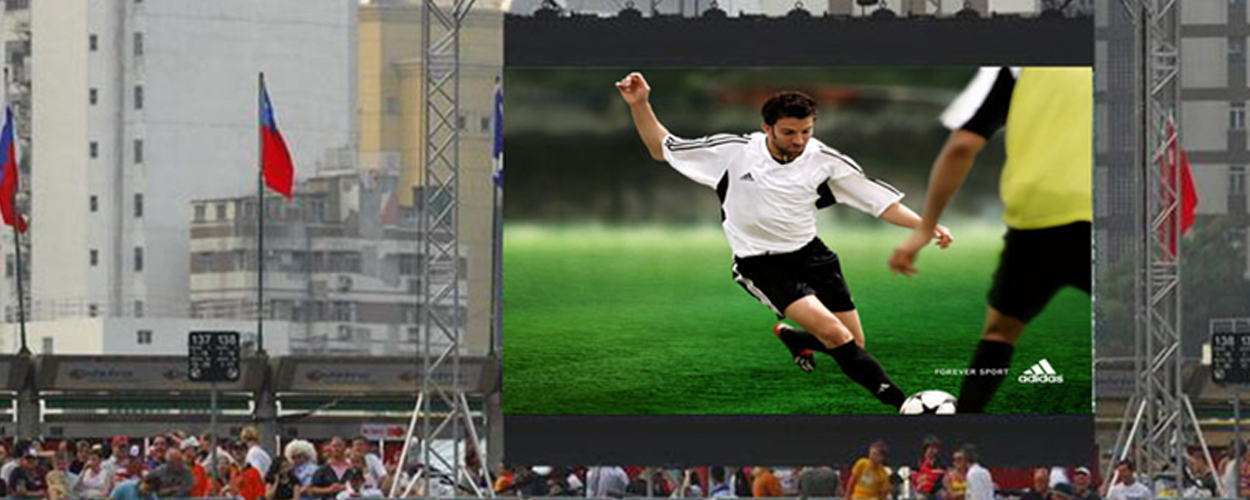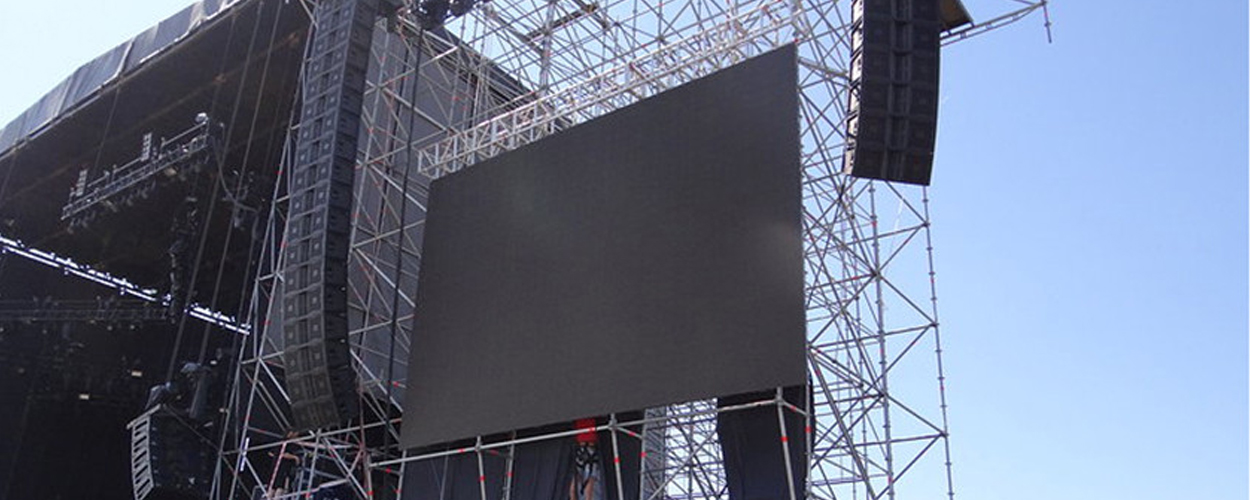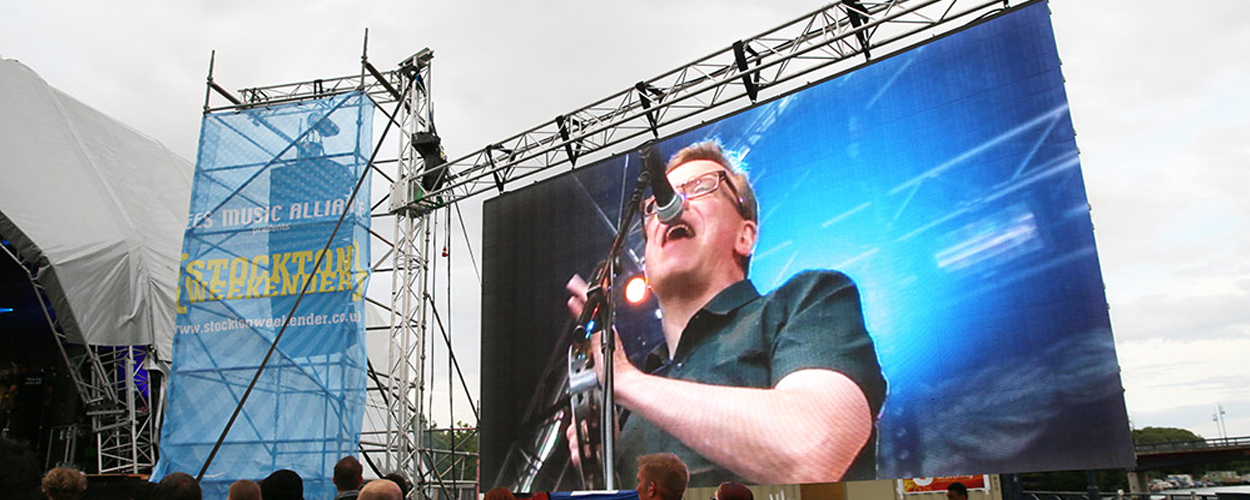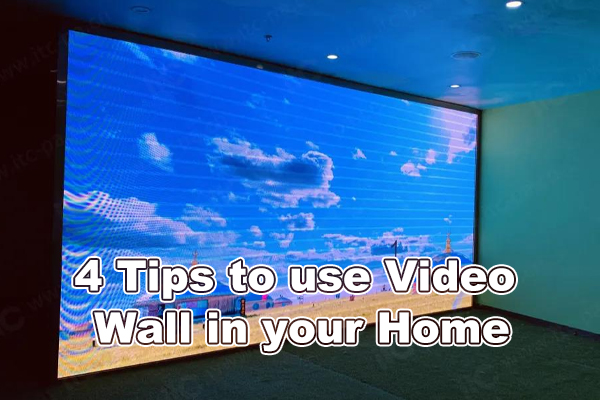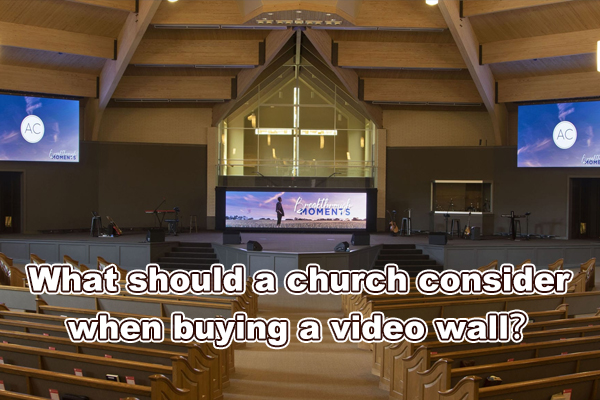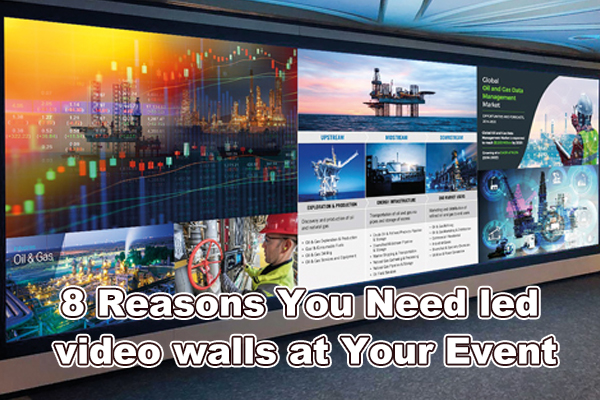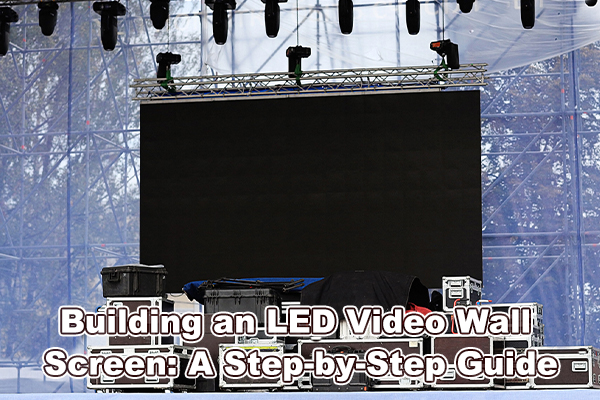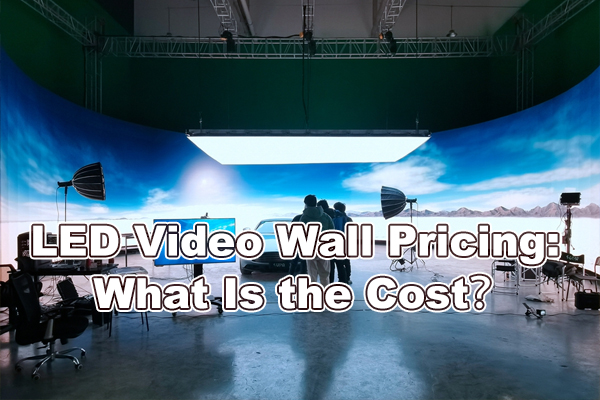In today’s digital era, LED display screens, as a crucial visual communication tool, have found widespread application across various settings, ranging from outdoor advertising to indoor displays. Their versatility and outstanding visual effects make them highly favored. After delving into how to choose outdoor LED display screens, we’ll shift our focus to purchasing tips for indoor LED display screens. This ensures that, throughout the buying process, you thoroughly consider various factors, allowing you to procure high-performance devices without compromising on screen effects.
Before exploring purchasing tips, let’s first examine the significance of LED display screens in indoor applications. They not only provide powerful means of information dissemination and display for businesses, culture, education, and more but also serve as key elements in enhancing indoor ambiance and attracting attention. Therefore, gaining in-depth knowledge of their technical features and application scenarios is particularly important before purchasing.
What is a Video Wall
A “video wall” typically refers to a technology or device that combines multiple video sources on a single display screen. This screen can be a single large display or a matrix composed of multiple monitors. The primary purpose of a video wall is to integrate multiple video signals onto a large screen, providing a larger display area and a richer visual experience.
Video walls are commonly found in control rooms, meeting rooms, command centers, TV production studios, and other settings where monitoring multiple video sources simultaneously is necessary. They can be used to display real-time images from surveillance cameras, TV broadcasts, data visualizations, and more. Video walls can be configured through hardware or software control, allowing users to arrange and manage multiple video signals in different ways.
In summary, a video wall is a technology or device used to merge and display multiple video sources, achieving a larger and more comprehensive visual presentation.
Advantages of Video Walls
-
High Resolution and Large Screen Display: Video walls can provide high-resolution displays, integrating multiple video sources onto a large screen for clearer and more detailed images.
-
Real-time Monitoring: In monitoring and security fields, video walls can be used for real-time monitoring of video signals from multiple cameras, enhancing awareness of security and monitoring activities.
-
Data Visualization: For scenarios requiring the presentation of large amounts of data, video walls can display charts, graphics, and other data visualization elements for better understanding and analysis of information.
-
Collaboration and Teamwork: In environments like meeting rooms and command centers, video walls facilitate collaboration by displaying multiple information sources, promoting teamwork and decision-making.
-
Eye-catching Displays: In exhibitions, stores, and other public places, video walls can attract customers by providing vibrant and captivating advertising and display content.
-
Flexibility and Customization: The layout and displayed content of video walls can be flexibly adjusted to adapt to different scenes and requirements.
Types of Video Walls
-
Hardware Video Walls: Utilize dedicated hardware devices and video wall controllers to simultaneously process and integrate multiple video sources for display.
-
Software Video Walls: Implemented using computer software, software video walls run specific applications on a computer to manage and control multiple video sources.
-
LED Video Walls: Composed of LED display screens, LED video walls offer high brightness, high contrast, and high-resolution display effects, suitable for both indoor and outdoor environments.
-
LCD Video Walls: Utilize liquid crystal display technology for video walls commonly seen in indoor environments, providing higher image quality and viewing angles.
-
Projection Video Walls: Use projection technology to overlay images from multiple projectors onto a large screen, suitable for large spaces and unique display requirements.
-
Tiled Video Walls: Physically connect multiple display screens to form a large screen, commonly implemented in LCD and LED video walls.
Key Points for Choosing a Video Wall
-
Resolution and Screen Size: Determine the required display resolution and screen size to meet the specific needs of the application.
-
Technology Type: Choose the video wall technology that suits your needs, such as LED, LCD, or projection, considering technical parameters like brightness, contrast, and viewing angles.
-
Customization: Ensure that the video wall has sufficient customization options to adapt to different layout requirements and displayed content.
-
Brightness and Color Performance: Understand the brightness level and color performance of the video wall, especially in outdoor or high-light environments.
-
Durability and Reliability: Consider the durability and reliability of the video wall, especially in environments requiring 24/7 operation, such as control rooms.
-
Connections and Input Sources: Ensure that the video wall supports an adequate number of input sources and understand its connection options for integration with other devices.
-
Maintenance and Service: Understand the maintenance requirements of the video wall and available service support to ensure the long-term reliability of the equipment.
-
Cost: Comprehensive consideration of budget and performance requirements, seek a cost-effective video wall solution.
Working Principle of Video Walls
The basic working principle of a video wall involves transmitting multiple video signal sources to a video wall controller. The controller processes these signals and outputs them to the display screen according to a predetermined layout and configuration. Hardware video walls typically include the following main components:
-
Video Sources: Various video signals from cameras, computers, DVD players, etc.
-
Video Wall Controller: Responsible for receiving, processing, and managing multiple video signals, integrating them into a unified image, and then outputting to the video wall.
-
Display Screen: Different types of screens, such as LED, LCD, or projection screens, used to display the integrated image.
-
Connection Devices: Devices that connect video sources to the video wall controller, such as HDMI, DVI, VGA interfaces.
-
Operating System and Software: For software video walls, specific operating systems and applications running on a computer are typically required to manage and control the video wall.
Cost of Video Walls
The cost of video walls varies due to various factors, including:
-
Screen Type: Different screen types (LED, LCD, projection, etc.) have different cost levels.
-
Resolution and Size: Higher resolution and larger screen sizes are generally more expensive.
-
Technical Parameters: Technical parameters such as brightness, contrast, refresh rate also affect costs.
-
Customization and Special Features: Video walls with higher customization and special features typically have higher costs.
-
Brand and Manufacturer: Different brands and manufacturers may offer different prices for video wall solutions.
-
Installation and Maintenance: Engineering costs required for the installation and maintenance of video walls should also be considered.
When purchasing a video wall, it is recommended to balance performance and cost based on actual needs. Additionally, consider the scalability of the equipment and the possibility of future upgrades to ensure the long-term effectiveness of the investment.
At SRYLED, we take pride in our team of highly experienced professionals in the LED display industry. With years of accumulated expertise, our engineers are at the forefront of advancing LED technology. We are committed to maintaining our industry-leading position through meticulous attention to detail, from design to manufacturing.
For inquiries about our cutting-edge LED display solutions, please feel free to contact us for a personalized quote. Our dedicated team is ready to assist you in finding the optimal LED solution to meet your specific needs
Post time: Dec-01-2023


